Julia Robert Caught Everyone’s Attention With Her New Stylish Hairstyle And a Handsome Companion At Taylor Swift’s Concert: The Star’s Videos And Photos Went Viral!
When Taylor Swift’s The Eras Tour rolled into Dublin, Ireland, on June 30, 2024, the night was meant to be a celebration of music, fans and pop-culture spectacle. But among the glitter of stadium lights and the thunderous roar of cheering Swifties, one moment stood out—not just for the celebrity cameo but for the ripple it sent through social media and fan commentary alike.

Among the VIP guests in the tent was Julia Roberts, the Oscar-winning actress known for films like Pretty Woman, a household name for decades. Roberts made the decision to attend the show alongside other stars including Stevie Nicks and Travis Kelce—Swift’s high-profile partner and NFL star.
But Roberts didn’t just sit back and watch—she dove into the experience. Dressed in a casually chic ensemble of a black blazer, layered necklaces, glasses and her newly blonde hair (a dramatic change from her signature brunette), she embraced fan moments: taking selfies, handing out friendship bracelets, smiling broadly. The new hair colour became a focal point online, with some fans praising the change and others longing for her traditional look. “That overly blonde hair on Roberts isn’t very flattering,” read one Instagram comment.

What shifted public focus, however, was an interaction between Roberts and Kelce that was captured on video and spread across TikTok, X (formerly Twitter) and Instagram with dizzying speed. In clips, Roberts can be seen leaning toward Kelce, placing her hands on his shoulders or chest, laughing and chatting. Some lip-reading enthusiasts even attempted to decipher what was being said.
The internet reaction was immediate and mixed. Some fans loved the sight of Roberts enjoying the show, engaging with fellow VIPs and appearing relaxed and genuine. Others felt the interaction crossed a line. “Why was she scratching his chest like that? It’s a bit strange,” one user wrote. Another wrote: “Her interaction with Travis seemed a bit off.”

A wave of commentary followed: critics of the moment called the physical touchings “handsy” and uncomfortable, especially given Kelce’s relationship with Swift and Roberts’s longstanding marriage to cinematographer Danny Moder since 2002. Some fans felt protective of Kelce; others called out the “scratchy”-looking movement made by Roberts. One headline in the New York Post read: “Julia Roberts gets ‘handsy’ with Travis Kelce… ‘Clearly he’s uncomfortable.’”
Meanwhile, others came to Roberts’s defence. Many pointed out that the video may not capture context; maybe it was a friendly gesture, maybe just a moment of excitement—it was at a concert, after all—and there’s little evidence of anything improper. “She looks incredible,” wrote one fan. “Still as beautiful as ever,” wrote another (on her hair). The debate underlined something deeper: how celebrity behaviour is scrutinised in arenas built for fandom, not etiquette.

Behind the screenshots and commentary lurks a broader insight into celebrity culture, public perception, and how quickly a private moment can become public property. Roberts attending the show isn’t new—she had attended previous Eras Tour stops. But her appearance in Dublin, her styling choices, and her close-up interaction with Kelce together created a flash-point. And because Swift’s tour is more than music—it's a cultural moment, dominating headlines, boosting local economies, and commanding viral attention globally—every nuance is magnified.
For Roberts, the night may have been about simple fun: enjoying the show, mingling with friends, reaching out to fans. The friendship-bracelet moment suggests she was engaging with people rather than hiding behind celebrity. One video shows her grabbing bracelets from fans in the crowd, smiling and waving.

But for the internet, the hair change and the Kelce interaction became discussion material. Posts popped up asking: What’s with the new hair? Is Roberts trying a fresh look or a new era? And: Why the close contact with Travis Kelce? Are such gestures appropriate in a public setting? Are we over-reacting? Many comments leaned into fandom dynamics: “Protect your ship” (referring to Swift/Kelce) and “Why do celebs always behave like they’re better than us?” Others pointed out: “Maybe it’s just a friend being friendly.”
What’s clear is that the night became a micro-cosm of celebrity culture—where an actress attends an(other) superstar’s show, viral videos emerge, and the fans respond in real time. The dynamics of admiration, suspicion, protective fandom and social media amplification collide in seconds.

For Taylor Swift’s fandom and her cultural moment, it was yet another piece of the larger mosaic: star appearances, surprise guests, headline-making interactions. But for Roberts, it may just have been a fun night out. One that happens to have been caught on camera and replayed thousands of times.
In the end, this moment tells us something about today’s social media-driven world: every person with a phone is a potential broadcaster; every gesture is subject to interpretation; and even an Oscar-winning actress can become the focus of Twitter dissection based on a hairstyle or a handshake.

So what do you think? Was Roberts’s interaction with Kelce just friendly fun? Or was the public reaction reasonable? Did the blonde hair really matter? Let me know your take.
Miss America 1955: This 89-Year-Old Actress Still Has That Stunning Smile After 7 Decades!

Lee Meriwether’s journey to nationwide fame began in the most unexpected way. As a young drama student with dreams of performing on stage, she decided almost on a whim to enter a local beauty contest. It was a choice that would change the course of her life forever. What started as a small-town competition ultimately led her to the national spotlight, where in 1955 she was crowned Miss America. Unlike many contestants who relied on singing or dancing, Meriwether chose to approach the pageant with an actress’s sensibility, performing a dramatic monologue that captivated the judges. The decision was unconventional at the time, but it set her apart, proving that beauty queens could also be thoughtful, talented performers. In an era when women were often pigeonholed into narrow roles, her performance challenged expectations and showed that intelligence and artistry could coexist with glamour.

Her reign as Miss America opened doors she had never imagined. Suddenly she was meeting celebrities, receiving financial rewards, and being whisked into a whirlwind of appearances across the country. She even enjoyed a brief romance with baseball legend Joe DiMaggio, which attracted headlines at the time. Yet with the fame came the stereotypes: beauty queens were often dismissed as superficial or temporary figures, destined to fade after their year in the spotlight. Meriwether, however, was determined to prove that her crowning moment was just the beginning of a much larger story.
After passing on her crown, Meriwether joined The Today Show as a commentator. This role introduced her to television audiences and allowed her to showcase her intelligence, warmth, and quick wit. At the same time, she was determined to invest in her craft. Using the scholarship funds she had earned from the Miss America pageant, she studied acting with the legendary coach Lee Strasberg. Under his guidance, she expanded her skills in dramatic performance, singing, and even fencing — training that gave her the tools to tackle the versatile career she envisioned.
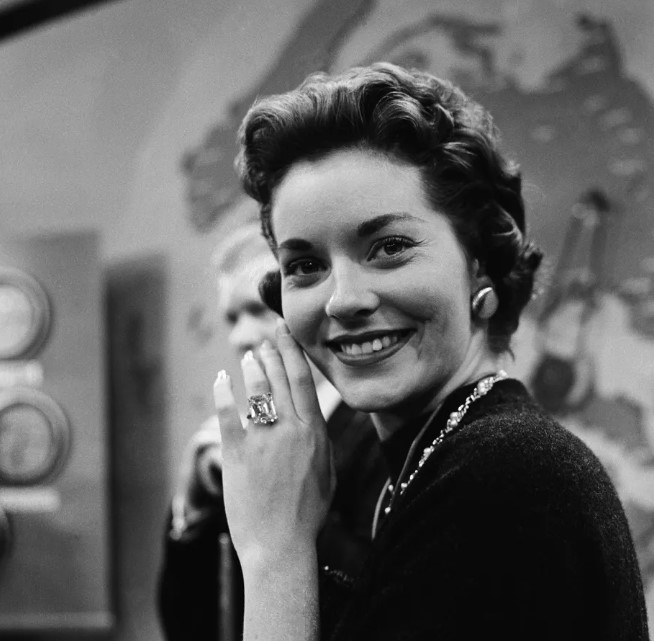
It did not take long for her to secure acting work. She appeared in The Philco Television Playhouse and in the 1959 sci-fi cult film The 4-D Man, building momentum in Hollywood. Audiences began to see her not simply as a beauty queen, but as a performer with presence, charisma, and range. In the mid-1960s, her breakthrough came when she stepped into the role of Catwoman in the Batman series, replacing Julie Newmar for the 1966 feature film. With her elegance, wit, and sly sense of humor, she left an indelible mark on pop culture. The role cemented her as part of the superhero legacy and gave her iconic status among fans.
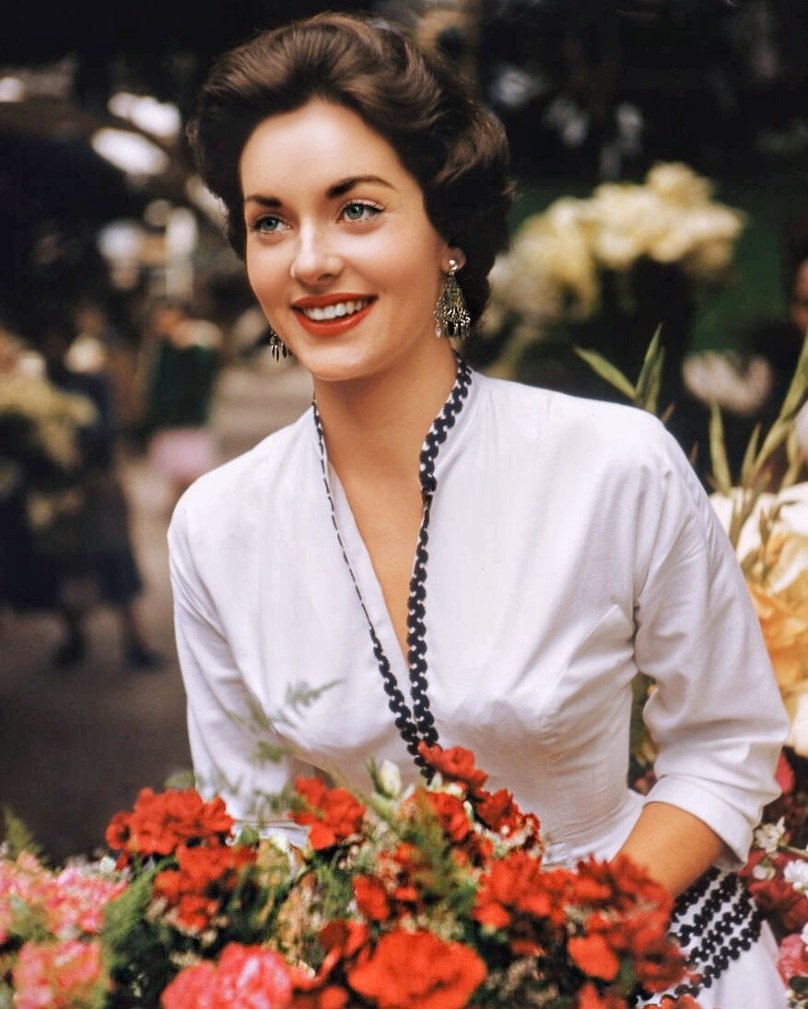
But Meriwether’s career extended far beyond Gotham City. She appeared in films such as Angel in My Pocket (1969) and The Undefeated (also 1969, alongside John Wayne and Rock Hudson), further proving her ability to move between comedy, drama, and action. Television also embraced her talents, with guest spots on shows like The Time Tunnel, Star Trek, and eventually her most enduring role on the long-running soap opera All My Children and the detective series Barnaby Jones, where she played Betty Jones from 1973 to 1980. That role earned her Emmy and Golden Globe nominations and endeared her to a generation of TV viewers.

Off screen, her personal life evolved as well. In 1958, she married actor Frank Aletter, with whom she had two daughters, Kyle and Lesley. Both daughters inherited their mother’s passion for the arts — Kyle pursued theater, while Lesley made a career as a stunt double, showcasing the family’s creative diversity. Though Meriwether’s marriage to Aletter ended in divorce, her dedication to her daughters never wavered. In 1986, she found love again with actor Marshall Borden. Their marriage has been both a personal and professional partnership, with the two often performing together on stage, delighting audiences with their chemistry and shared love of theater.
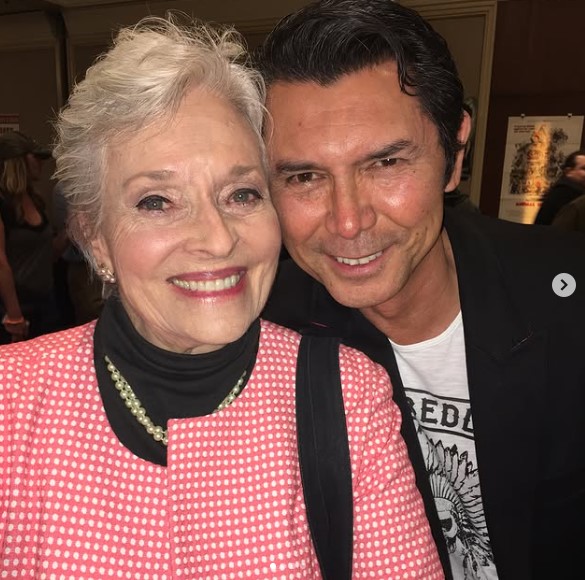
Meriwether’s life, however, has not been without heartbreak. In her later years, both she and her daughter Kyle were diagnosed with Alzheimer’s disease. The diagnosis was devastating, but Kyle faced it with humor and grace, often speaking about the importance of cherishing every moment with her mother. Their bond, already strong, grew even deeper during those years. Kyle’s passing in 2024 marked a profound loss for Meriwether, but through grief, she continued to show the resilience and strength that had defined her entire life.
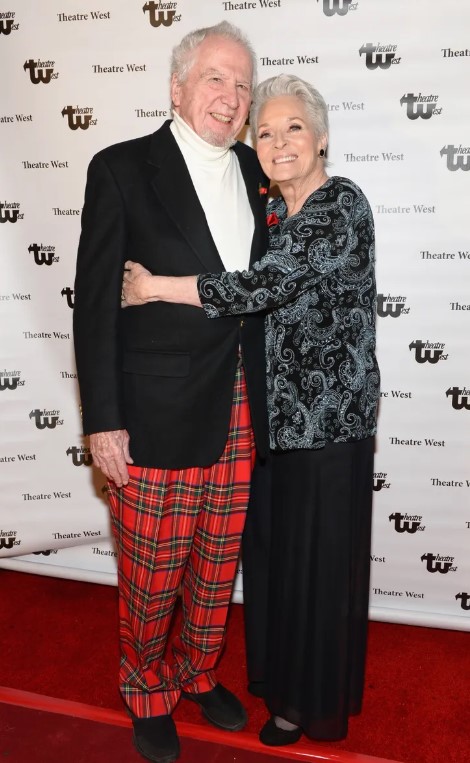
Beyond her acting, Meriwether has been committed to humanitarian work. She has championed causes close to her heart, including organizations supporting individuals with disabilities, cancer research, and animal welfare. Her compassion and sense of responsibility have made her not just a beloved actress but also a respected advocate for those in need.
Even as the years have passed, Meriwether has refused to retreat from the spotlight. She has continued to audition for roles, perform in her acclaimed one-woman show, and appear at fan conventions where admirers of her Catwoman days and television roles gather to celebrate her career. She remains a vibrant presence, always ready to connect with fans old and new. She attributes her longevity and youthful appearance to healthy habits, good genes, and above all, a positive outlook on life. For Meriwether, laughter and staying active are as essential as any beauty routine.
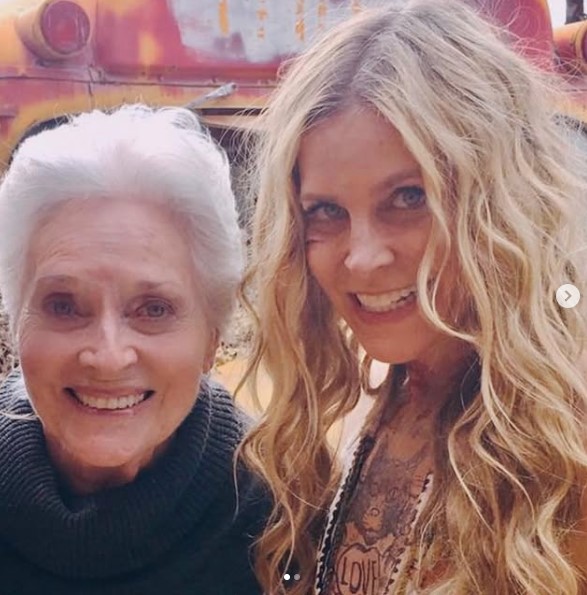
Lee Meriwether’s story is more than a tale of a beauty queen who turned to acting. It is the journey of a woman who defied stereotypes, honed her craft, and built a career marked by versatility, resilience, and grace. From her Miss America crown to her unforgettable turn as Catwoman, from her role as a devoted mother to her ongoing dedication to charity, she has lived a life that inspires admiration on many levels. Her legacy is one of elegance and strength, a reminder that true beauty lies not only in appearance but in the choices, passions, and compassion that define a lifetime.




